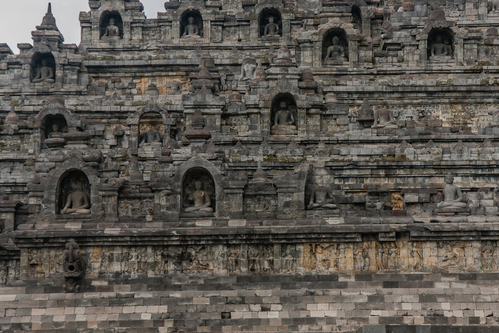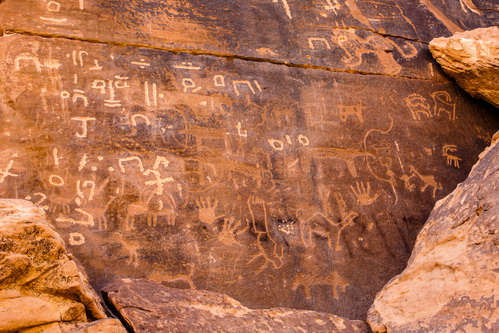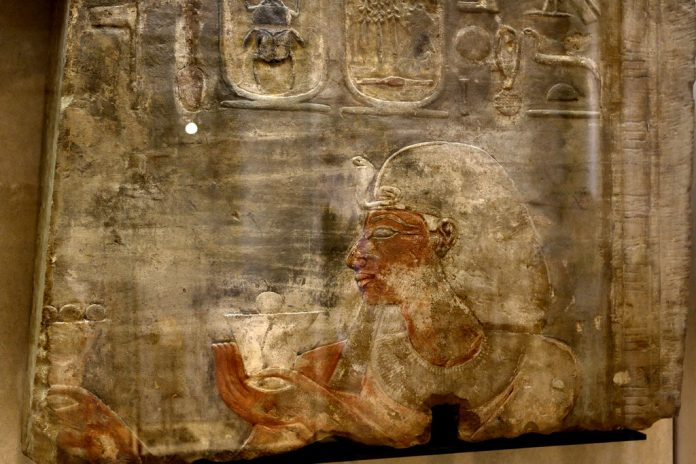
In the lush expanses of Brazil’s Jalapão region, a stunning archaeological discovery has emerged from the rock faces: a series of ancient engravings and paintings, unveiling the spiritual and cultural life of precolonial societies dating back about 2,000 years.

Researchers have cataloged these remarkable artworks at 16 sites, revealing a shared belief system among the early inhabitants of this biodiverse savanna.

Archaeologist Rômulo Macedo, leading the investigations for Brazil’s National Historical and Artistic Heritage Institute (IPHAN), remarked that the sites are connected by the recurrence of symbols, “demonstrating that the creators of the rock records, especially the engravings, shared the same belief system.”

This continuity of themes suggests a complex societal tapestry woven through the common thread of symbolic expression.

The rock art, predominantly engravings with a smaller number of red pigment paintings, features human footprints, animal tracks of deer and wild pigs, and “figures that resemble celestial bodies.”

These motifs point towards a possibly sophisticated understanding of the cosmos, spiritual communication, and territorial demarcation by the region’s prehistoric inhabitants.

The purpose and creators of the artworks, however, remain a subject for further research. Macedo suggests that while the engravings might reflect a unified cultural expression, the red paintings could signify an even earlier period, possibly crafted by a different group.

IPHAN’s press release emphasized the need for additional study to elucidate the origins and meanings of these artworks.

The recent intensification of archaeological activity in Tocantins has been spurred by infrastructure expansion in the Brazilian Amazon states.

This proactive research approach is crucial as human occupation in the Jalapão region is now known to extend back approximately 12,000 years. The wealth of rock art sites joins a roster of pre-colonial structures, creating a rich tapestry of the area’s ancient human footprint.

Despite the promise these sites hold for unraveling precolonial history, they face significant threats from wind erosion, vandalism, forest fires, and deforestation—issues plaguing many archaeological sites worldwide.

According to Global Forest Watch, the Tocantins state lost 19 percent of its humid primary forest between 2002 and 2022.

Conservation efforts, led by IPHAN, aim to shield this invaluable cultural heritage from further damage. Education and heritage protection initiatives are underway, reflecting a growing recognition of the irreplaceable value of these historical markers.

The discovery in Jalapão is a compelling addition to the mosaic of human history etched into the earth, linking us to the ancient peoples whose stories are only beginning to be understood.

As archaeologists continue to peel back the layers of time, each engraved line and pigment stroke offers a silent testament to the enduring human desire to communicate and commemorate our place within the natural world.

